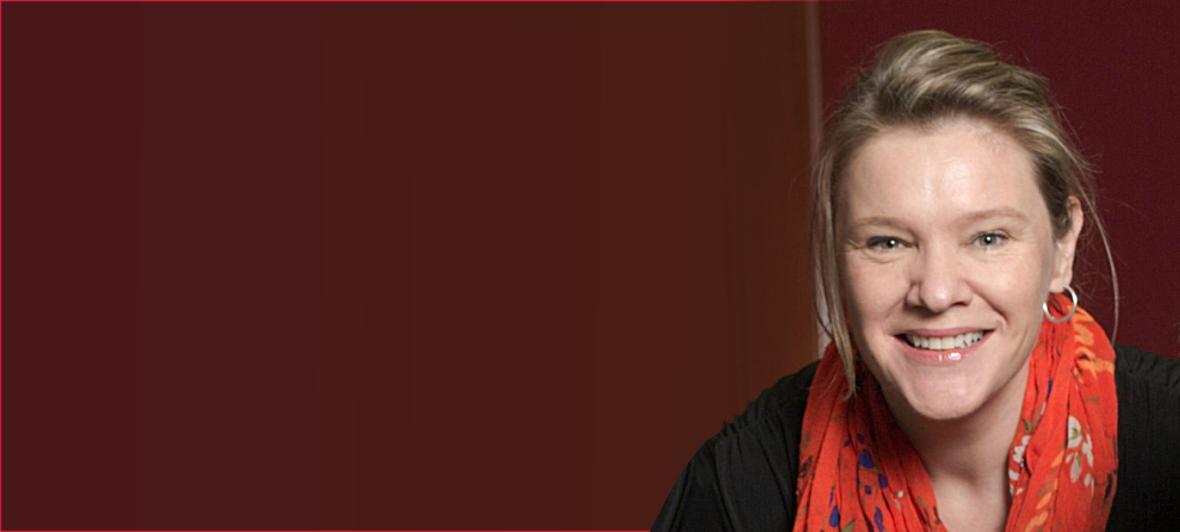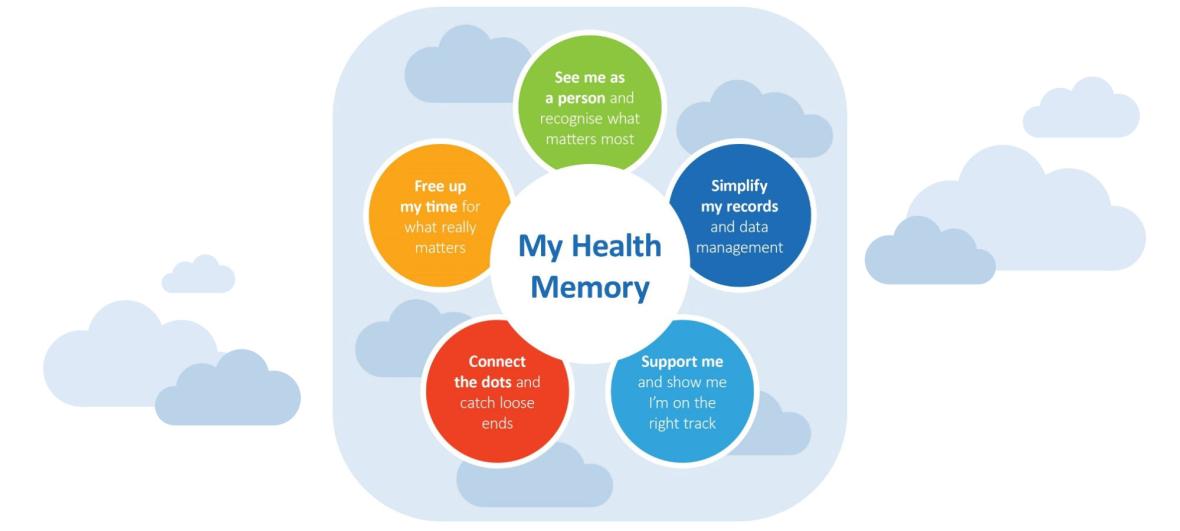How to design an award winning health app
Published 23 April 2018
The secret? Real co-design and co-production, says Cheryl McCullagh, Director of Clinical Integration at the Sydney Children’s Hospitals Network
Cheryl McCullagh, Director of Clinical Integration at the Sydney Children’s Hospitals Network (SCHN), is back in Sydney after accepting an award for the My Health Memory app at the 2018 Microsoft Health Innovation Awards in Las Vegas. We were keen to find out about her recipe for success.

Cheryl McCullagh
#Share: Welcome back Cheryl and congratulations on the award! Can you tell us about the development process that created the My Health Memory app?
Cheryl: About six years ago we wanted to address a gap in information sharing, particularly for patients with complex conditions who were seeing multiple providers. We thought we’d be able to connect with other providers and meaningfully share information, and that having an EHR might solve those problems. The EHR has been fantastic for internal communication between providers but hasn’t helped us communicate outside. We couldn’t maintain the many-to-many relationships with outside health providers across Australia, so we started focusing on the patient as the conduit for information sharing.
Historically the patient and the family were really out of the loop with information sharing. So if they presented somewhere that we didn’t expect them to, they still wouldn’t have the right information access to support care.
So we started talking to patients and families about what they really wanted from us. They told us that their main issues were about communications between their providers, understanding what their condition was, where their treatment was up to, and keeping everyone up to date when those things changed. To do that we had to create a mechanism to put more information in their hands, improve their health literacy, continually involve them in decision making and make sure that our communications were up to date.

Key themes from the Memory Strategy co-design process
The following themes emerged from what the patients and their parents told us.
- Free up my time for what really matters: Patients should be liberated from unnecessarily repeating their medical history to each new clinician, and scheduling should be streamlined.
- Simplify my records and data management: Patients should be presented with information about their condition that is meaningful and relevant to them.
- Support me and show me I’m on the right track: Unwellness can be an isolating experience. Patients should be supported by maintaining connections with their multiple caregivers.
- See me as a person and recognise what matters most: A patient is a person, not just a collection of symptoms. We should assist clinicians to treat the whole person.
- Connect the dots and catch loose ends: Prompts and reminders can improve adherence to appointments and medication schedules.
#Share: So how did those findings drive the design of your solution?
Cheryl: This feedback and other patient-centred considerations led us down a more visionary path where patients and families would be the centre of their healthcare communications and decision-making. We called this the “Memory Strategy” – it’s a shared memory of care for life, for providers and for patients.
We came up with a model for communicating in real time in business hours through encrypted SMS that would streamline communications that the patients and parents were already attempting to make. We wanted the communications to happen in real time, be secure and easy to track and refer back to, and those requirements became the foundations of the communications module of the app.
And then the other major part was keeping track of events to keep their life organised, making sure that they had all the right appointments at the right time, with the right preparation instructions, and even mechanisms to change those if they needed to.
Another consideration is scope – we can’t be everything for everyone. So we focussed on the things we could do that would make a difference. What we want is for families and patients to be able to access their information either by My Health Record or My Health Memory, or an app focussed on their specific disease, and know that that connection behind the scenes would work.
So we really advocate for open APIs, open models of infrastructure, secure connection, supported by the Australian Digital Health Agency, and other app developers. It shouldn’t matter which viewer (app) you want to primarily use, your collection of information should be connected behind the scenes. We think that’s possible but needs the cooperation of multiple stakeholders.
#Share: So this was a position that you arrived at in collaboration with your patients, as opposed to a doctrine that you were determined to implement at the outset. Did this challenge your preconceptions or those of your team?
Cheryl: I think that was a challenging vision for some people, and the prospect of keeping patients and parents more informed so they could responsibly share information to multiple providers was certainly challenging to some of our organisational ideas at the time. But it certainly wasn’t challenging to patients and families. They said that that was what they do anyway -- they get any scrap of paper that we gave them and they would keep it in a folder and share that with whoever was looking after their child and carry it around with them, particularly for acute conditions. They were trying to do it anyway, but without our help, so we decided to make it easier, and ensure it didn’t matter where they could access it to share.
#Share: Are you finding now that other clinical teams are coming to similar views?
Cheryl: Yes, I think there’s a groundswell of recognition across the world that patients are more important in care outcomes than we first thought. Their condition, their capability, their leadership, their advocacy, their self-knowledge – all those things are just as important to long term health or a successful health experience than many of the things that we might intermittently provide.
The European Patient’s Forum has a charter on patient empowerment that expresses similar themes very well. It’s about treating the person first, and that health professionals are responsible for building the knowledge in patients so they can develop an equal if not a lead role in their health care.
The OpenNotes movement is also very strong on patient engagement. A formal study at the Beth Israel Deaconess Medical Center found that giving patients the opportunity to view their doctors’ visit notes improved patient understanding, improved patient/doctor relationships, led to better adherence and compliance, and ultimately resulted in more perceived benefits for patients.
Cancer patients might seem like a difficult group to apply this approach to, given the perceived severity of their condition. But in Sweden, the DOME project is finding that cancer patients who are given the opportunity to access their medical records have greater satisfaction with lower anxiety.
These are just a few examples. There’s a growing understanding about listening to patients individually and collectively, actively sharing information, sharing decision-making points and understanding their rights as the primary person in that health relationship. Not all health providers necessarily think that patients have that capability to be lead agents in their care relationships. But we do want to support the next generation in that direction with whatever we can offer.
#Share: Thanks so much Cheryl!